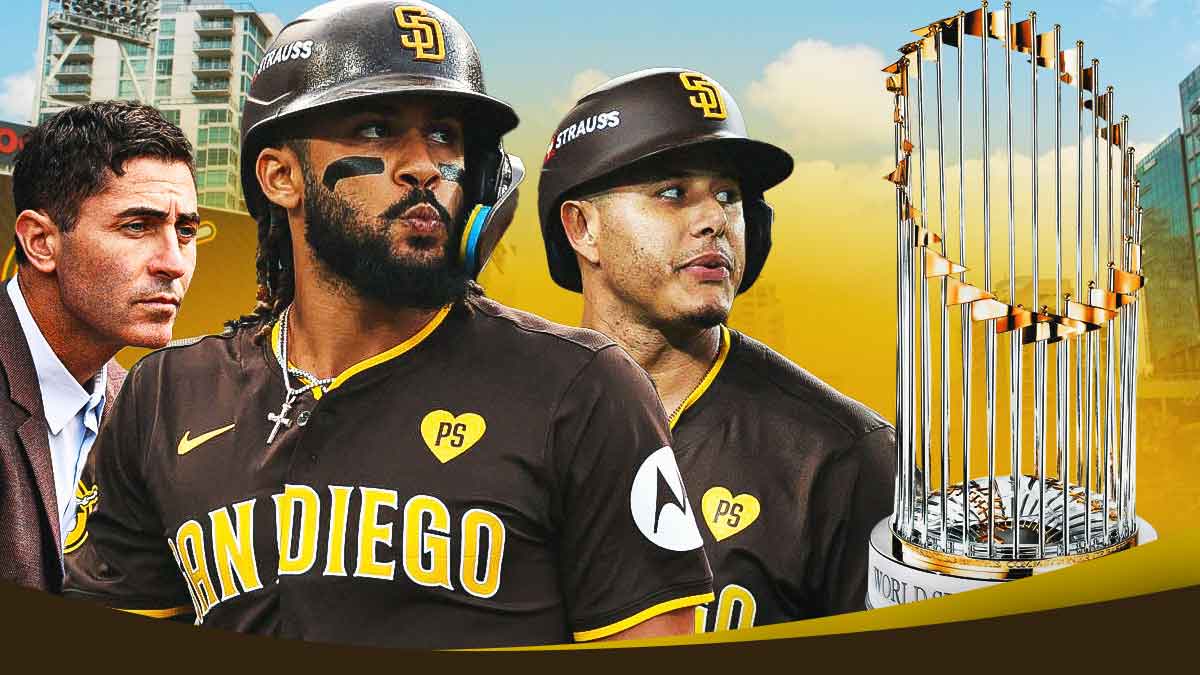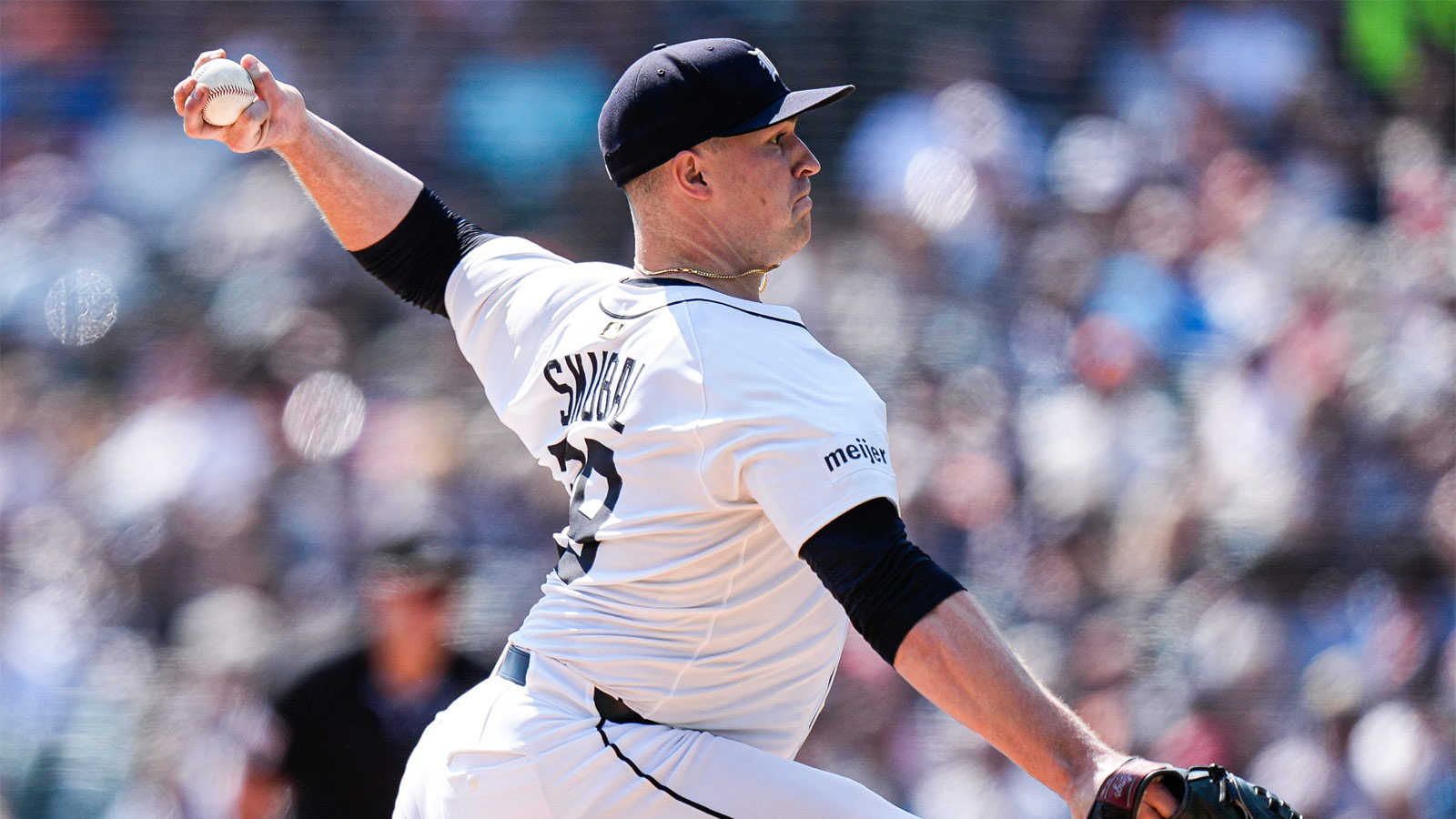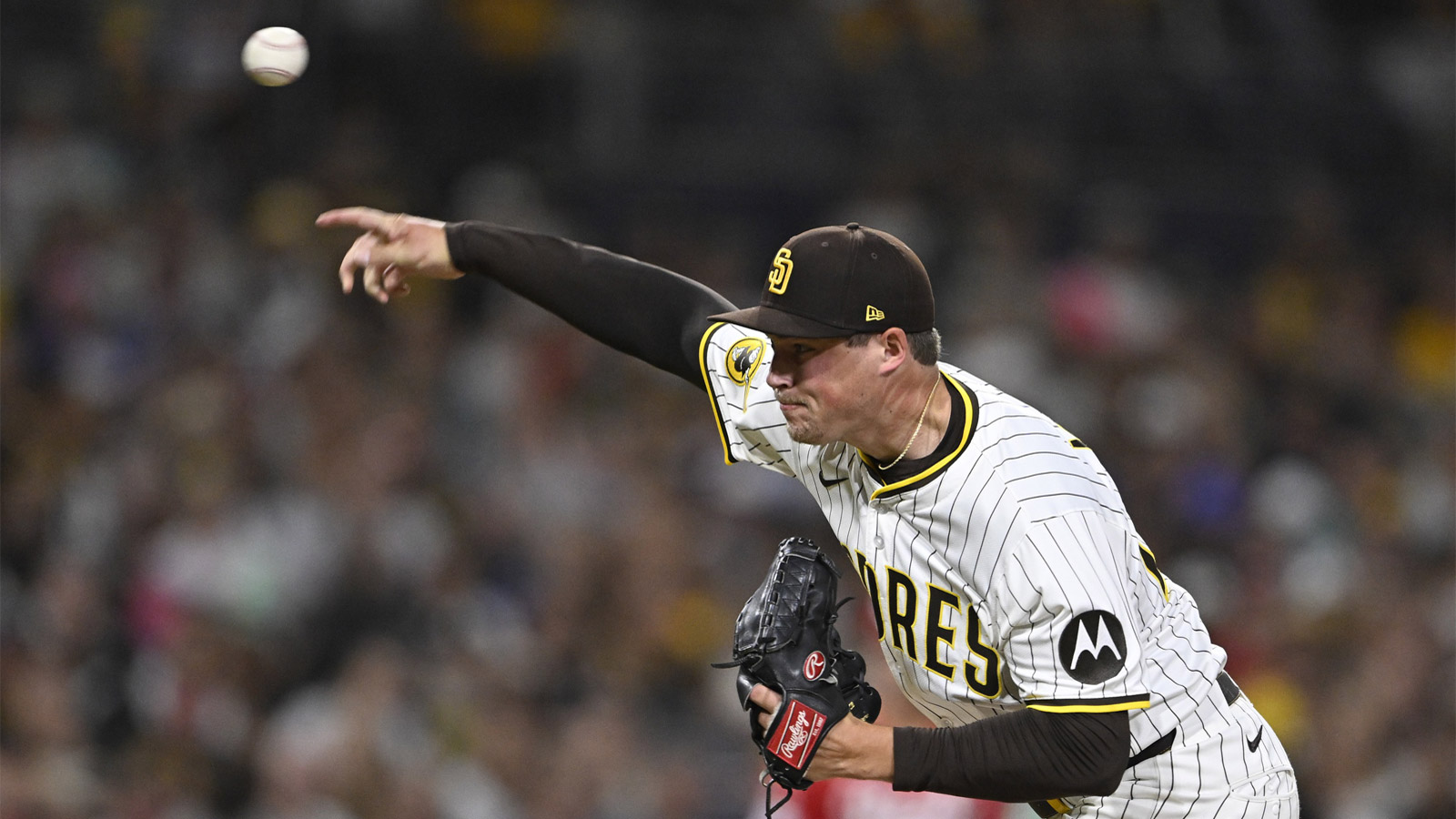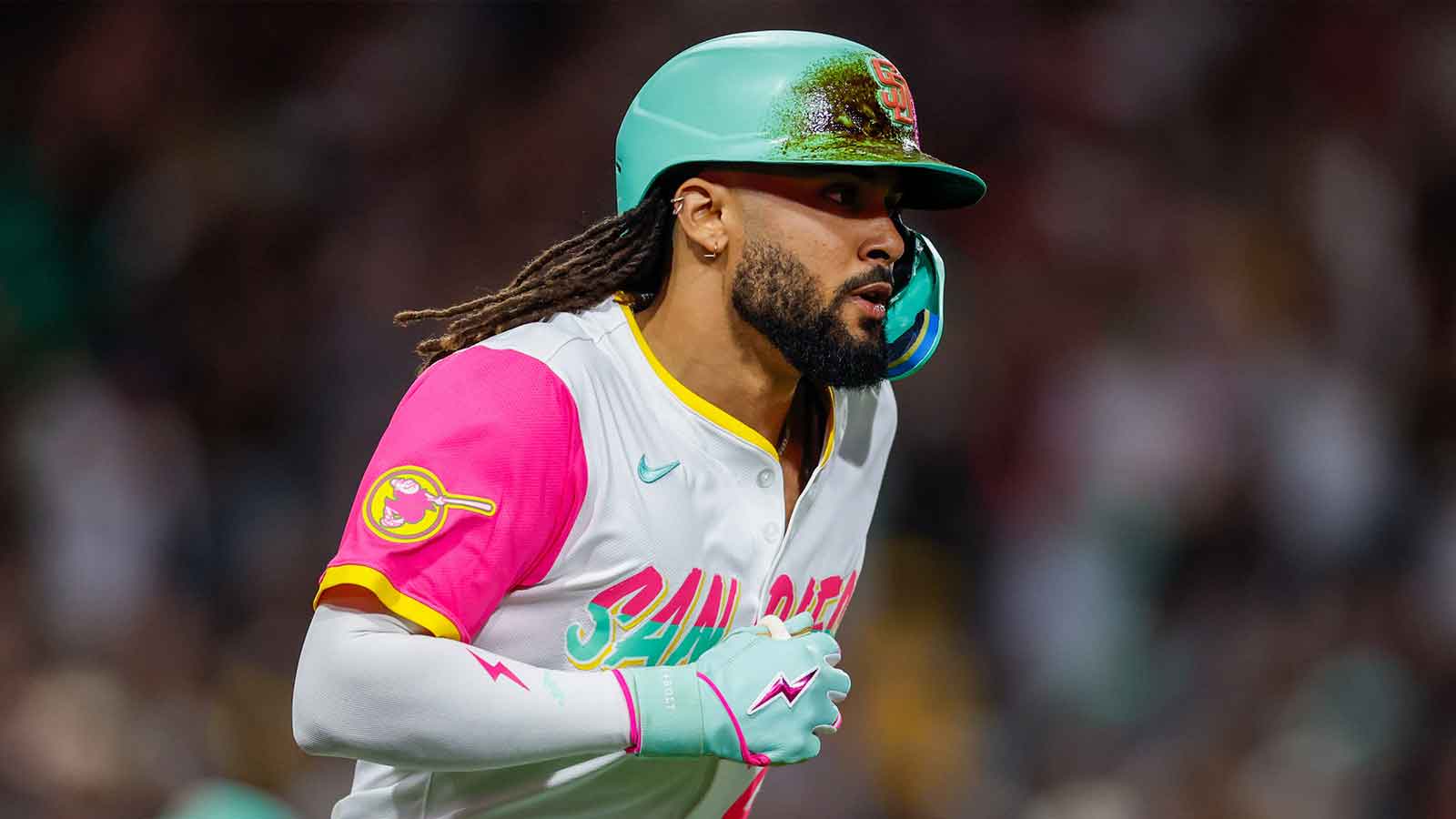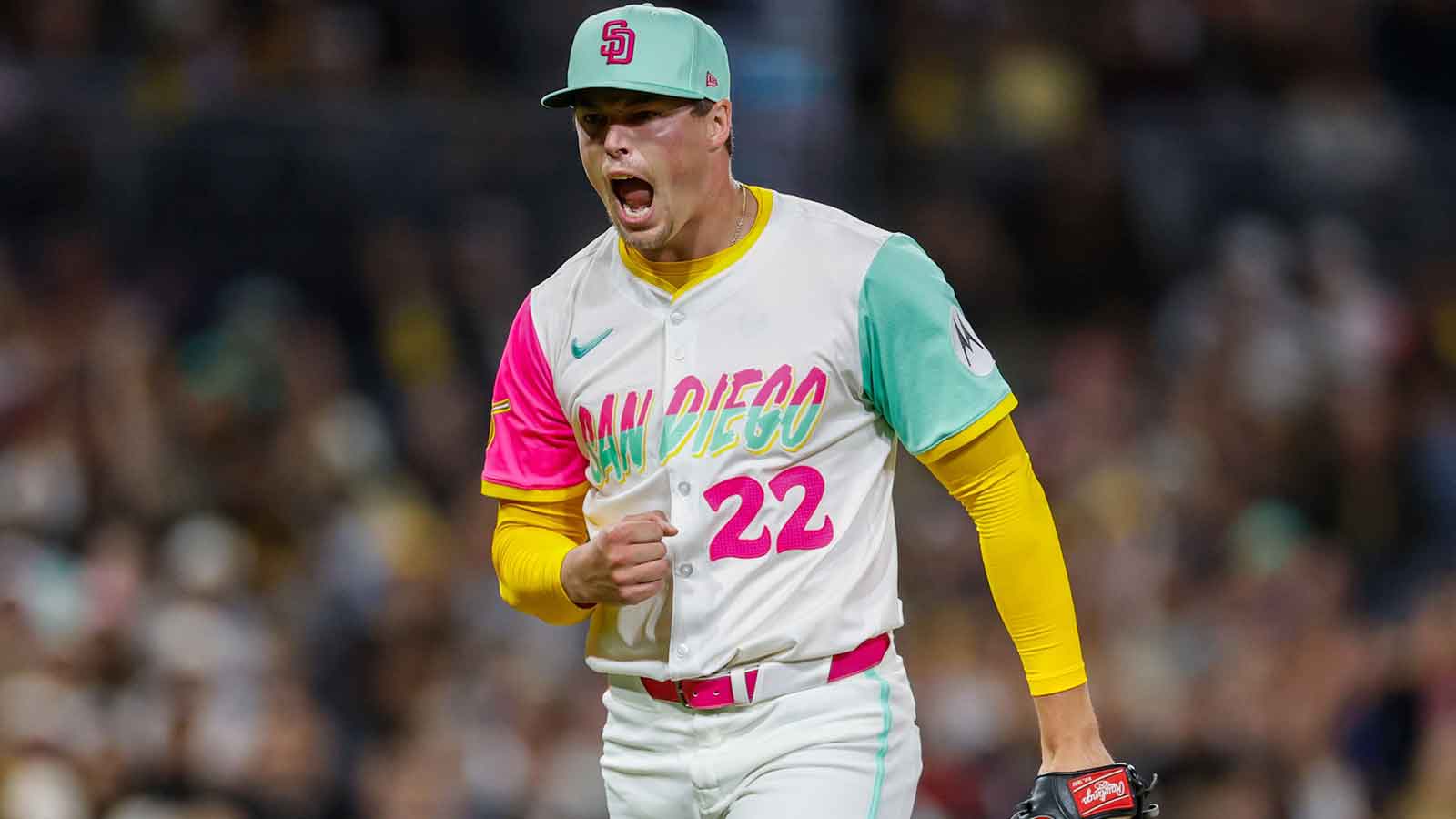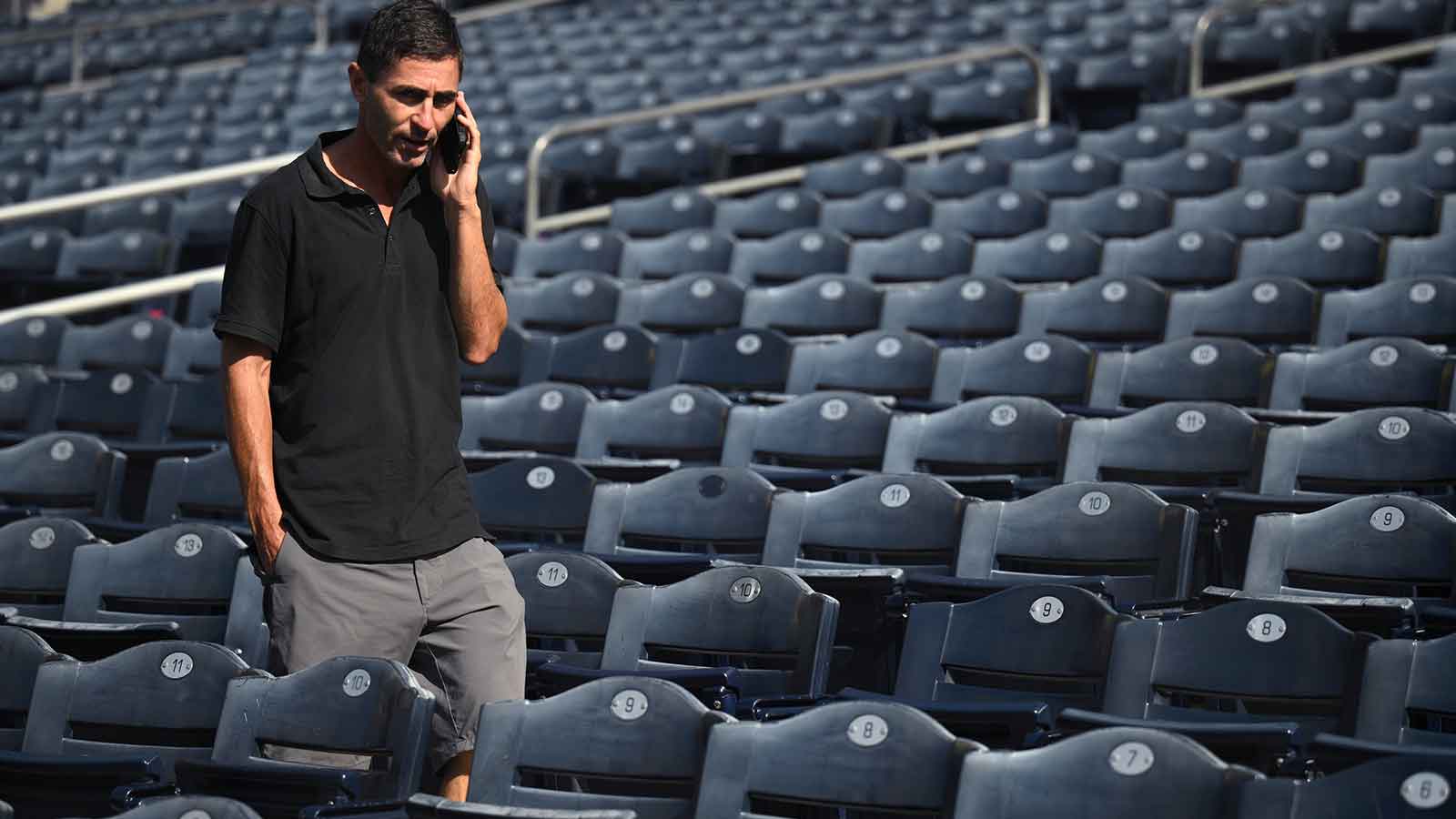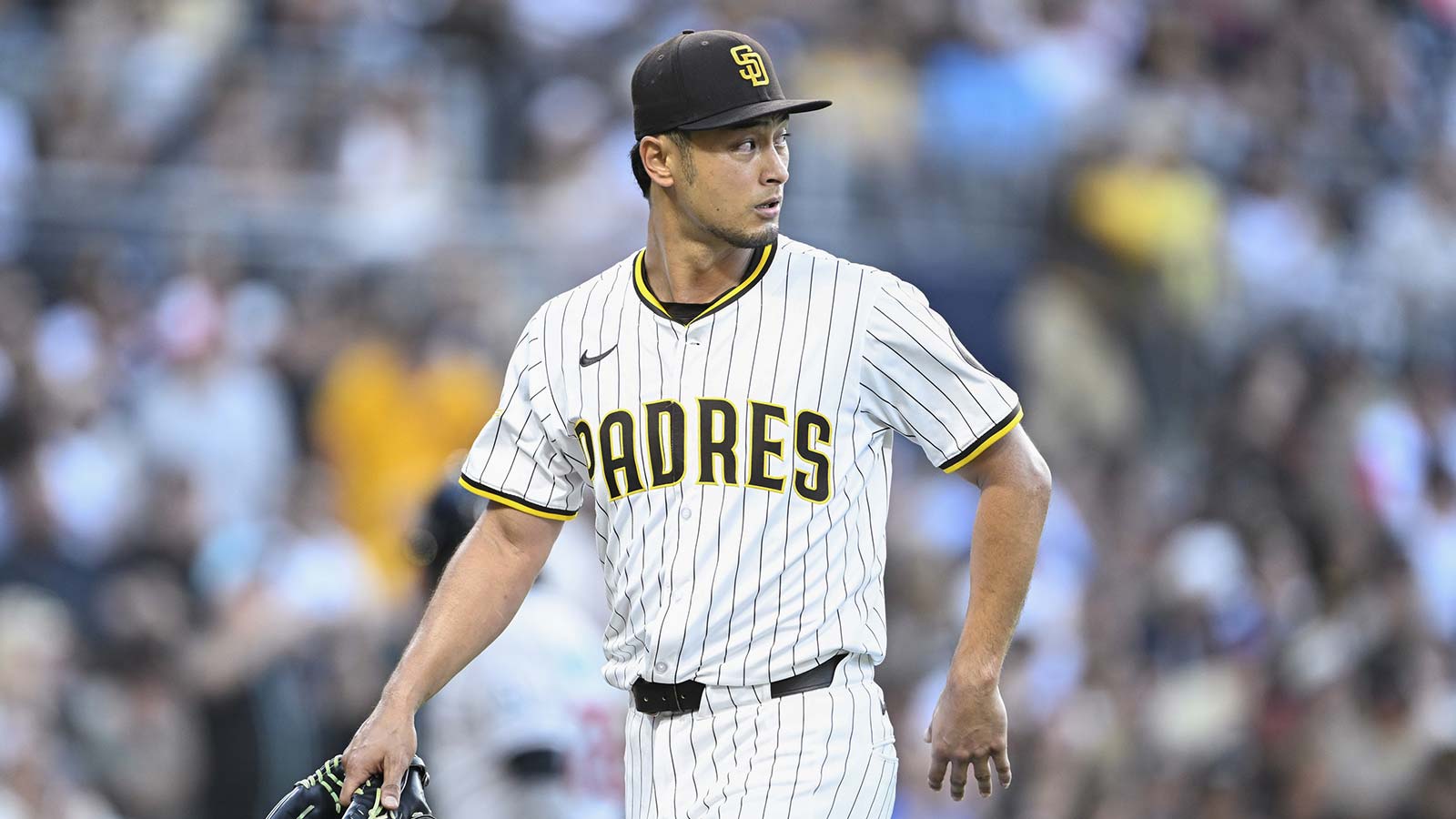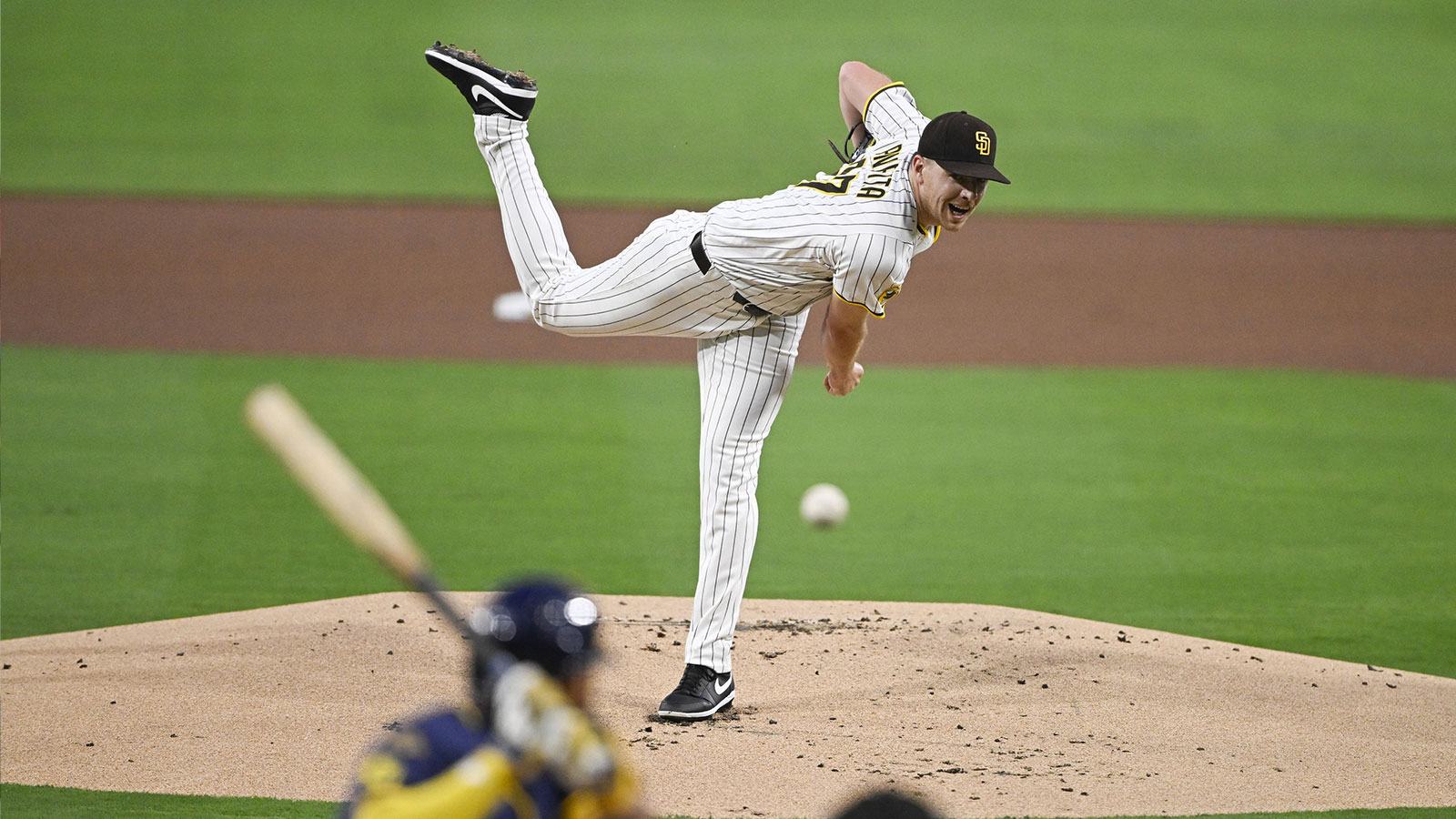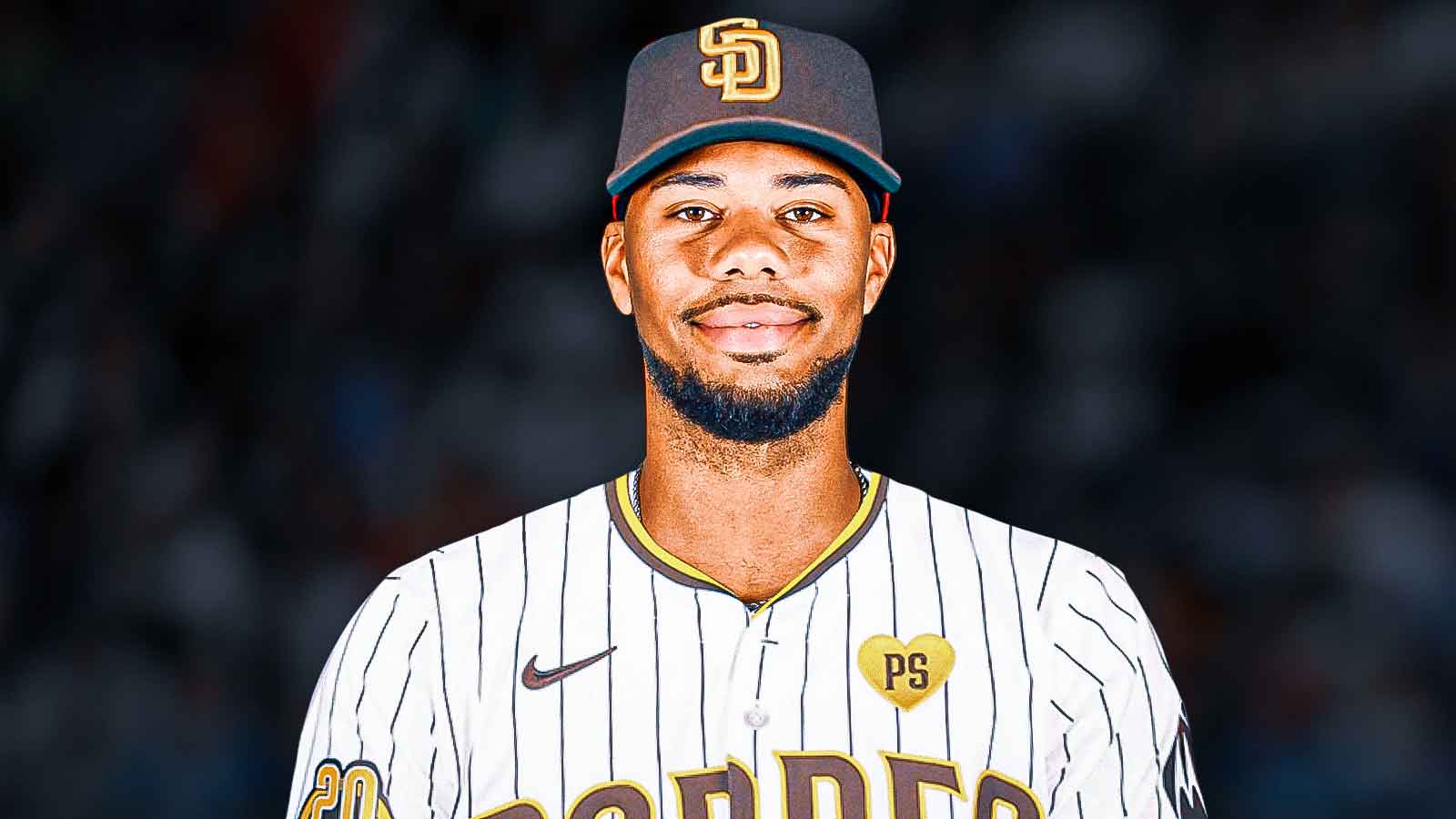The San Diego Padres enter the 2025 season with plenty of talent, but significant concerns that could derail their playoff aspirations. The biggest and most pressing issue looming over the franchise isn't just a lack of depth or roster holes—it’s ownership instability. The Padres’ ownership turmoil has cast a shadow over the organization, and while it may not directly affect what happens on the field on a day-to-day basis, it has created uncertainty that could hinder their ability to compete at the highest level. Beyond that, the Padres also have a few glaring issues on the roster, including an unsettled starting rotation, a questionable bullpen, and a catching situation that leaves much to be desired.
Padres ownership uncertainty is a major cloud over the team

The Padres’ ownership situation has been a rollercoaster in recent years, with instability threatening to limit the team's ability to spend and build a championship-caliber roster. The team has gone from aggressive, big-money spending under former ownership to a more restrained approach, with concerns about long-term financial flexibility. This shift has affected free agency moves, extensions, and overall roster construction. It’s hard to envision the Padres consistently contending for titles when there are questions about whether ownership is fully committed to maintaining a high payroll.
A.J. Preller, the team’s president of baseball operations, has always found ways to make splashy moves, but this offseason lacked the usual blockbuster deals. While the Padres retained key players and made a few notable additions, their reluctance to push all-in on major upgrades could be traced back to financial concerns stemming from ownership uncertainty. If the Padres truly want to be a perennial contender, ownership needs to provide a clear, stable direction that allows the front office to operate without hesitation.
Unsettled Starting Rotation
The Padres’ starting rotation is talented but far from stable. The competition for the No. 5 starter is wide open, with Kyle Hart, Matt Waldron, Randy Vásquez, and Stephen Kolek all vying for the spot. While Dylan Cease, Yu Darvish, and Michael King offer a strong top three, the back end of the rotation remains a question mark.
With no clear No. 5 starter and a lack of rotation depth, the Padres are in a precarious position. Injuries are inevitable over a 162-game season, and if one of their top starters goes down, they could be scrambling for answers. A midseason trade for another dependable starter might be necessary if they hope to keep pace in the highly competitive NL West.
The Padres’ bullpen is another area of concern, especially with injuries impacting key relievers like Bryan Hoeing and Sean Reynolds. While Alek Jacob has impressed this spring, relying on young, unproven arms to carry the load in high-leverage situations is risky.
The Padres do have options, but the lack of an elite shutdown closer remains a glaring issue. The bullpen has some depth with Tom Cosgrove, Ron Marinaccio, and potentially Bradley Rodriguez making contributions, but compared to other contending teams, this unit feels shaky. If they struggle in late-game situations early in the season, expect Preller to aggressively pursue bullpen reinforcements.
Catching conundrum
The Padres’ catching situation is another weak spot heading into the season. While Elias Díaz is the presumed starter, his presence alone doesn’t solve all the issues behind the plate. Luis Campusano, Martín Maldonado, and Brett Sullivan are all in the mix, but none have provided a convincing case as a surefire everyday option.
Manager Mike Shildt has prioritized defense, but if the Padres struggle to get offensive production from the catching position, it could drag down their lineup. Campusano was expected to take a step forward, but his struggles this spring have left the door open for competition. If none of the internal options prove capable, the Padres might need to explore the trade market for an upgrade.
Outfield uncertainty and lack of power
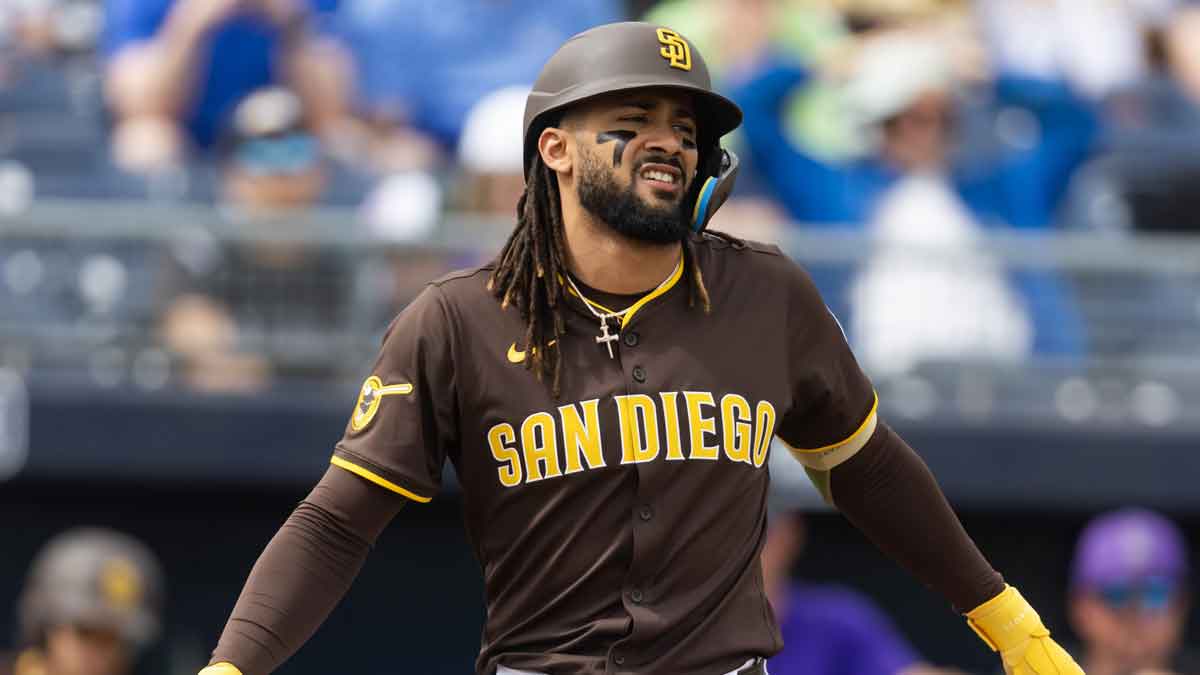
The Padres' outfield situation also raises questions. They brought in veteran Jason Heyward to provide stability, but beyond that, the team lacks high-impact options. Trent Grisham’s departure left a hole, and while Connor Joe and Joey Weimer offer depth, neither is a game-changing force. The team lacks true left-handed power in the lineup, which could be an issue over a long season, particularly when facing dominant right-handed pitching.
Tirso Ornelas, the team’s No. 11 prospect, has had a strong spring, but banking on an unproven player to fill a key role is a gamble. The Padres might need to make a midseason addition to bolster their outfield depth and ensure they have enough offensive firepower to compete.
Despite these concerns, the Padres are still a dangerous team with a legitimate shot at making the playoffs. Manny Machado remains confident in their ability to contend, stating, “We overcame a lot of things, a lot of adversity, and built something pretty special here. We are ready to compete.” While Machado’s confidence is encouraging, the Padres must address their weaknesses if they want to be more than just a fringe playoff team.
Ownership stability remains the biggest hurdle. Without a clear long-term vision from the top, the front office is left trying to operate within constraints that might limit their ability to make necessary moves. Beyond that, improving the rotation depth, fortifying the bullpen, resolving the catching situation, and adding outfield power are all critical steps for the Padres to maximize their potential.
The NL West is arguably the toughest division in baseball, with the Dodgers, Diamondbacks, and Giants all legitimate threats. If the Padres want to prove Machado right and “take down” the defending champion Dodgers, they need to address their flaws quickly. Otherwise, they risk falling behind in the playoff race before the season even reaches its midpoint.

